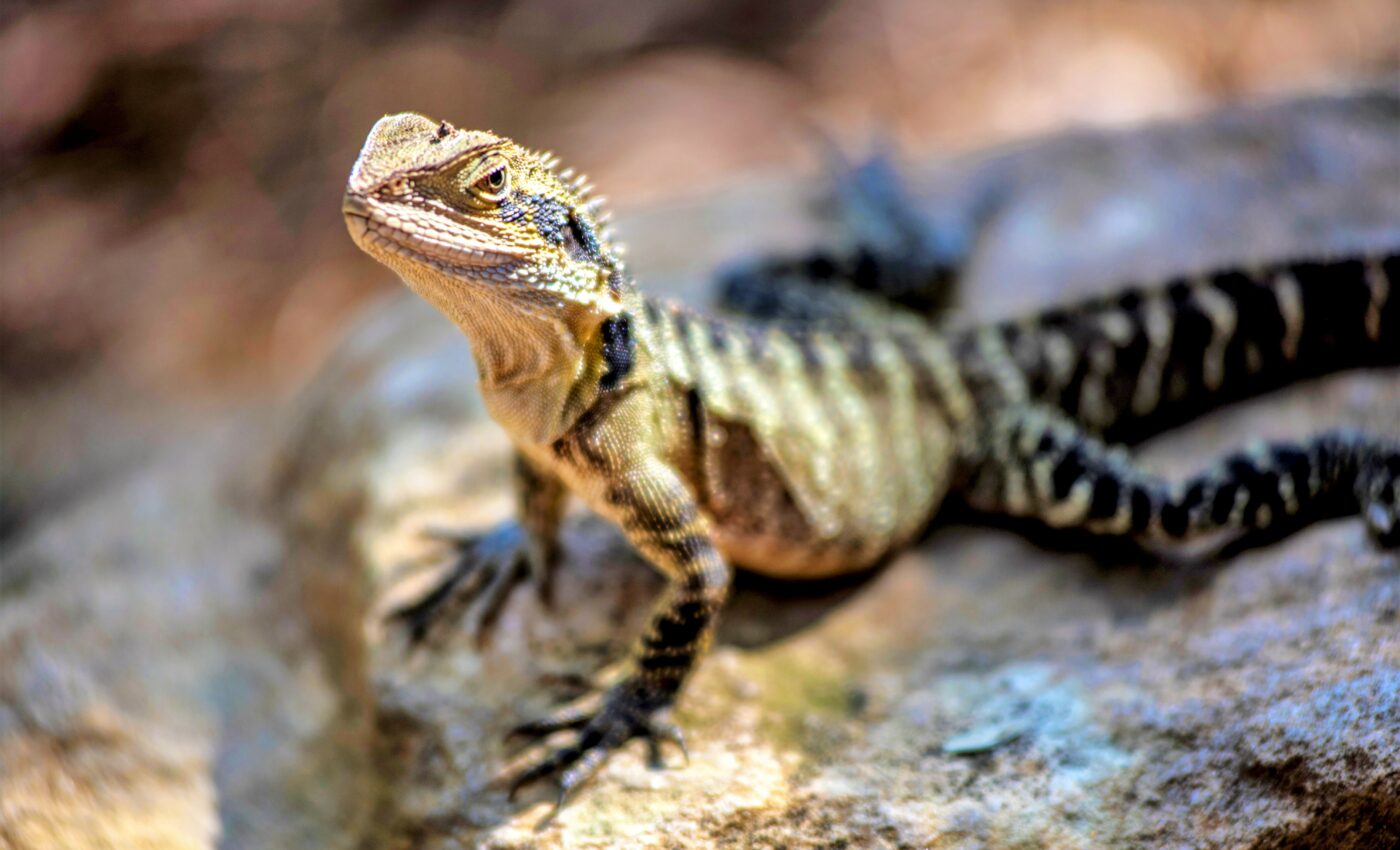
Lizards and other squamates rapidly diversified during the Jurassic
A new study from the University of Bristol (UB) reveals that the rapid diversification of squamates took place during the Jurassic era, which is much earlier than expected. Squamata is the largest order of reptiles, and includes lizards and snakes.
All squamates are cold-blooded, and their skin is covered by scales. Despite the fact that lizards and other squamates have an enormous diversity of more than 10,000 species, the history of this group’s evolution has remained a mystery.
“The explosion in squamate diversity has been tracked back to the Cretaceous Terrestrial Revolution, 100 million years ago, the time when flowering plants began their takeover of terrestrial ecosystems, associated with diversification of coevolving insects and insect-eating predators such as lizards, birds, and mammals,” wrote the study authors.
“Squamates arose much earlier, but their long pre-Cretaceous history of some 150 million years is documented by sparse fossils. Here, we provide evidence for an initial radiation of squamate morphology in the Middle and Late Jurassic (174–145 Ma), and show that they established their key ecological roles much earlier than had been assumed, and they have not changed them much since.”
According to the researchers, the scarcity of fossil remains of squamates through the Jurassic suggested that the main burst of squamate evolution happened in the Cretaceous when their fossil record dramatically increased.
But now, research led by paleontologist Arnau Bolet challenges this theory. The new study suggests a much earlier radiation of squamates.
The experts have found evidence that this group of reptiles probably achieved a diverse array of adaptations in the Jurassic between 201 and 145 million years ago.
“Even though Jurassic squamates are rare, reconstructed evolutionary trees show that all the main specializations of squamates evolved then, and it’s possible to distinguish adaptations of geckos, iguanas, skinks, worm lizards, and snakes some 50 million years earlier than had been thought,” explained study co-author Michael Benton.
The scarce fossils from the Jurassic suggest an early burst in evolution because of their anatomy – the specimens do not show primitive morphologies as would be expected.
“Instead of finding a suite of generalized lizards on the stem of the squamate tree, what we found in the Jurassic were the first representatives of many modern groups, showing advanced morphological features,” said Bolet.
The results of the study indicate that the apparent sudden increase in diversity observed in the Cretaceous could be related to an improved fossil record that was capable of recording a larger number of species. The heightened presence of asqumate species in the Cretaceous may also be related to the new kinds of forests and insects.
The study is published in the journal eLife.
–—
By Chrissy Sexton, Earth.com Staff Writer













